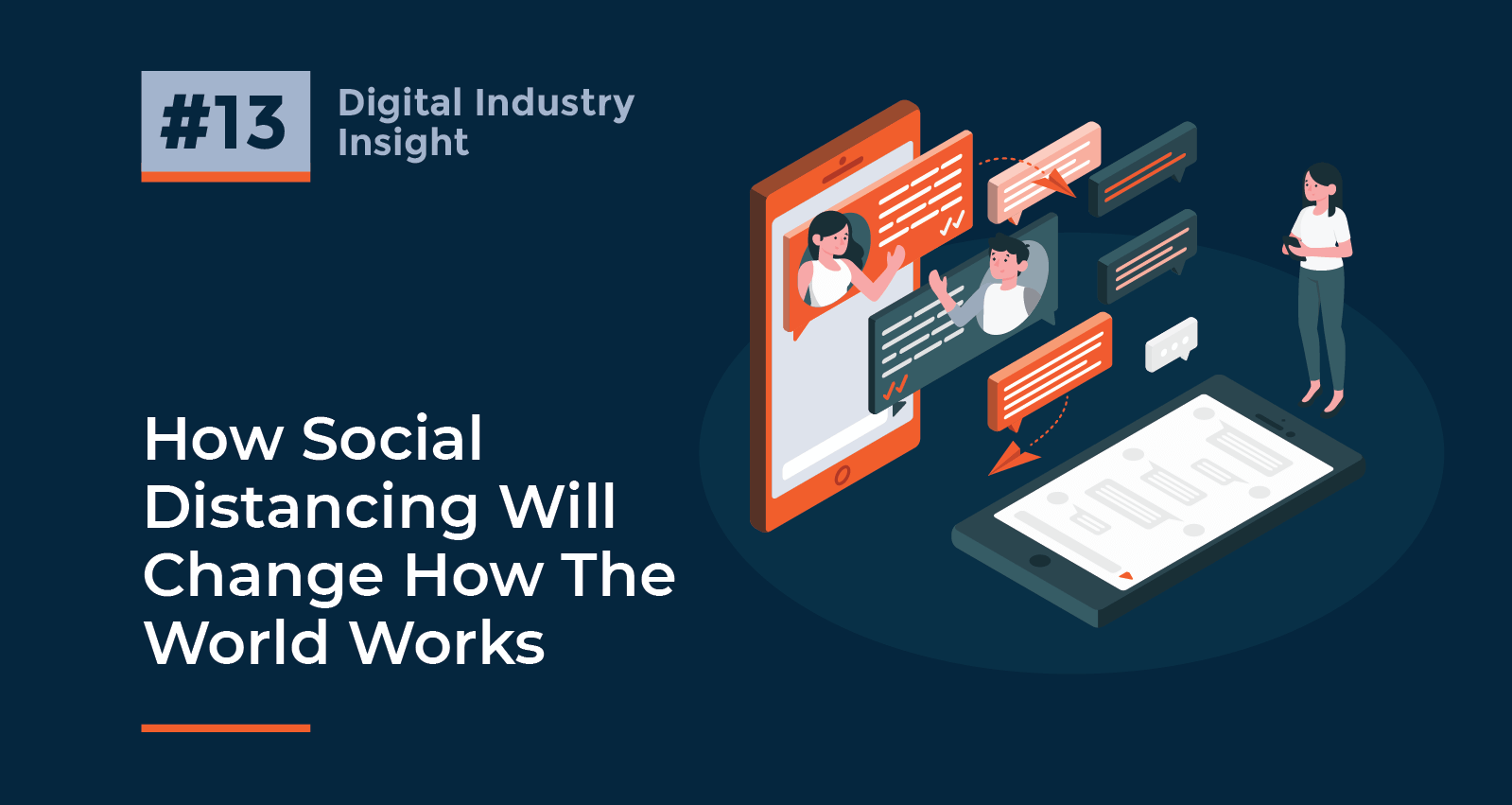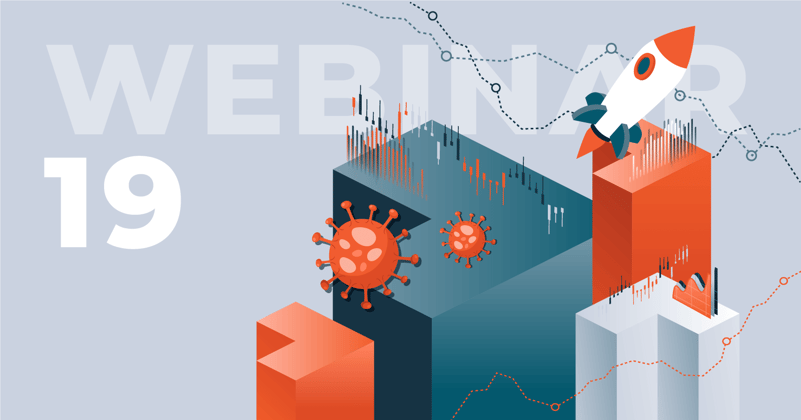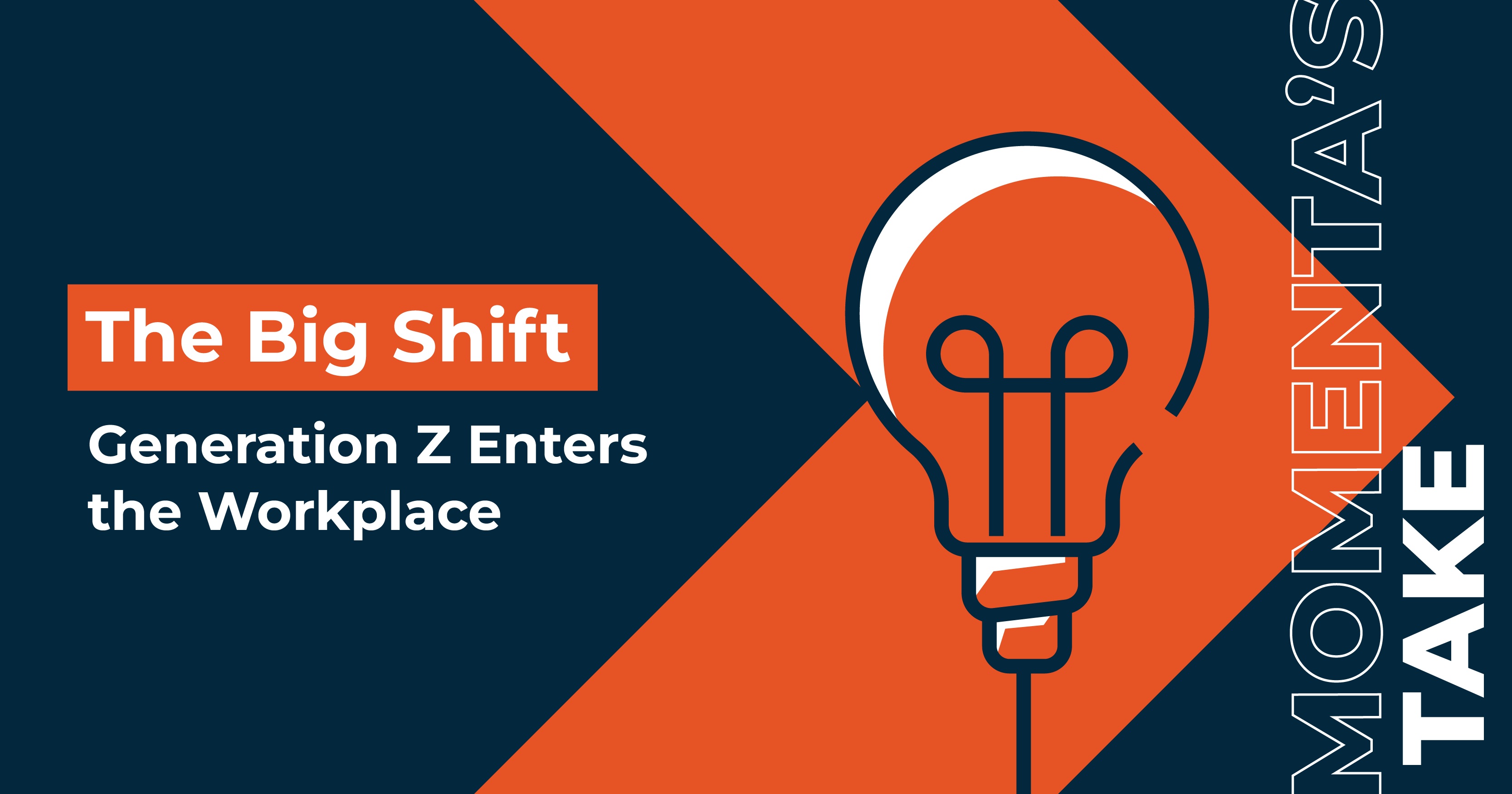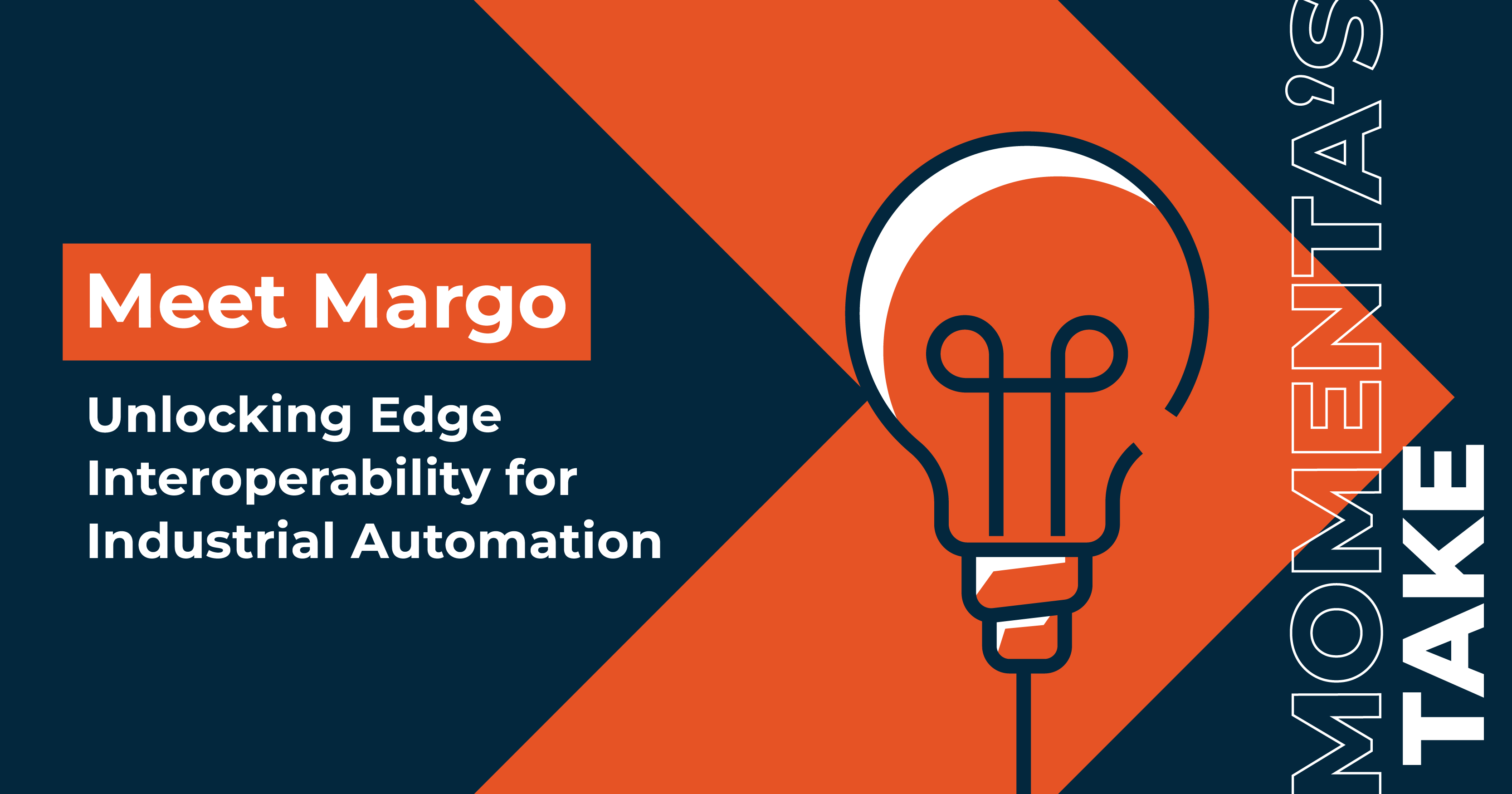Digital Industry Insight #13
How Social Distancing Will Change How The World Works
Ken Forster

The COVID-19 pandemic is a crisis unlike any other – a global, rapidly spreading novel virus with no known cures, no vaccines, and no way to contain it other than keeping people separated from others for a period of time. We’re seeing massive mobilization of government efforts unprecedented outside of war, only the foe this time is a microscopic RNA virus that propagates through human contact. Workplaces are closing down, schools are operating remotely and health care workers are having to take extraordinary precautions to deliver care to those most in need. Social interactions now must take place at a distance for the time being – while people are forced to hunker down at home and work at a distance.
Crisis as an innovation catalyst
Past periods of crisis have permanently changed behavior in a short time. The Oil Shocks in the 1970s jolted major economies and caused lines at gas stations as OPEC constricted energy supplies. This drove vehicle fuel efficiency innovations and investment in domestic oil production. After 9/11, passengers became accustomed to far tighter security screening at airports. During and after the financial crisis, businesses embraced cloud computing, and consumers adopted e-commerce. The social distancing across major economies is creating a massive shift to remote work, and learning is moving online.
What does social distance change?
Forced by self-quarantine, more workers are being forced to work remotely. While there are many jobs that cannot be done remotely – housecleaners, restaurant servers, beauty services, construction, care for the elderly or indigent, and more – there are many jobs traditionally conducted in person that are being forced to work online to keep a safe distance. Industries like financial services and tech have long been adopters of remote work – and many industries will scramble to accommodate newly remote workers.
As work becomes distributed, new investments and cultural shifts follow
There are distinct advantages to in-person collaboration, but when that’s not possible people need to adapt quickly. The coronavirus crisis is forcing rapid change as society’s physical contact becomes replaced with digital connections. With restrictions on travel and large gatherings, in-person meetings must increasingly move to online conferencing and digital communications. Many organizations have been collaborating with distributed teams for many years, adoption within companies has varied depending on the tasks and the industry. We are already seeing a boom in online collaboration services such as Zoom, Citrix, WebEx, and others, and Content Delivery Network providers from Amazon, Akamai, Cloudflare and others are seeing surging demand.
The higher traffic will drive the need for additional bandwidth, compute, and storage, with higher throughput and lower latency. Expect continuing innovations to scale internet infrastructure, including multiple flavors of edge computing, Machine Learning/Artificial Intelligence, and low-power connectivity. The rollout of 5G should alleviate some of the bandwidth constraints for a limited time, but it’s inevitable that the adoption of richer applications (such as Augmented Reality and Virtual Reality) will quickly fill up empty pipes.
Uneven impact on jobs, but machines can be our friends
An unfortunate irony of the COVID-19 crisis is that it’s impacting jobs that had previously been considered less at risk from disruption by AI, robotics, and automation. Hotel workers, bartenders, personal trainers, and others are seeing livelihoods suddenly impacted by the forced cessation of human contact. After the crisis abates, many jobs will return but others will take a long time to return. On the other hand, the potential risks that critical workers in essential roles may miss work because of epidemics creates new incentives to develop technological enhancements, backups, and replacements.
For instance, how to reduce the risks to workers delivering food or medical supplies to high-risk areas? Unmanned Vehicles (aerial or otherwise) – yes drones could help close the gap by dropping deliveries and minimizing human contact. How to protect hospital workers making the rounds every day? Robotics can help move equipment and supplies within hospitals, minimizing the need for healthcare workers to traverse areas of facilities where there may be infectious airborne particles. AI can help optimize workloads and delivery paths, and deliver products more safely to all by controlling human contact. Machines can help navigate pandemic conditions by replacing the need for human involvement in specific tasks.
Rethinking common spaces in the viral age
There is likely to be a broad re-thinking of the planning and design of cities. For the past several decades it was considered desirable to promote higher population density to take advantage of shared infrastructure and transportation. Particularly in China, there has been a migration from rural areas into crowded teeming cities – and in the US, the post-World War 2 suburban sprawl remains, but younger people are flocking to cities like New York and San Francisco where population density is high and most people use the subway or taxis. With heightened awareness of infection in enclosed spaces, what will be the willingness to forsake a private automobile in favor of shared transportation (i.e. Uber, Lyft etc.)? Even the longer-term appeal of autonomous ride-sharing will be called into question if riders prefer to control their own spaces.
2020 is uncharted territory, with challenges and opportunities on a global scale. With crisis, expect accelerating innovation to permanently shape a newer normal in the months ahead. Join us for a special webinar presentation on April 16th where we tackle what this "new normal" will look like.

The Newest Normal
Crisis = Danger + Opportunity

Momenta Partners encompasses leading Strategic Advisory, Talent, and Venture practices. We’re the guiding hand behind leading industrials’ IoT strategies, over 200 IoT leadership placements, and 25+ young IoT disruptors. Schedule a free consultation to learn more about our Digital Industry practice.





